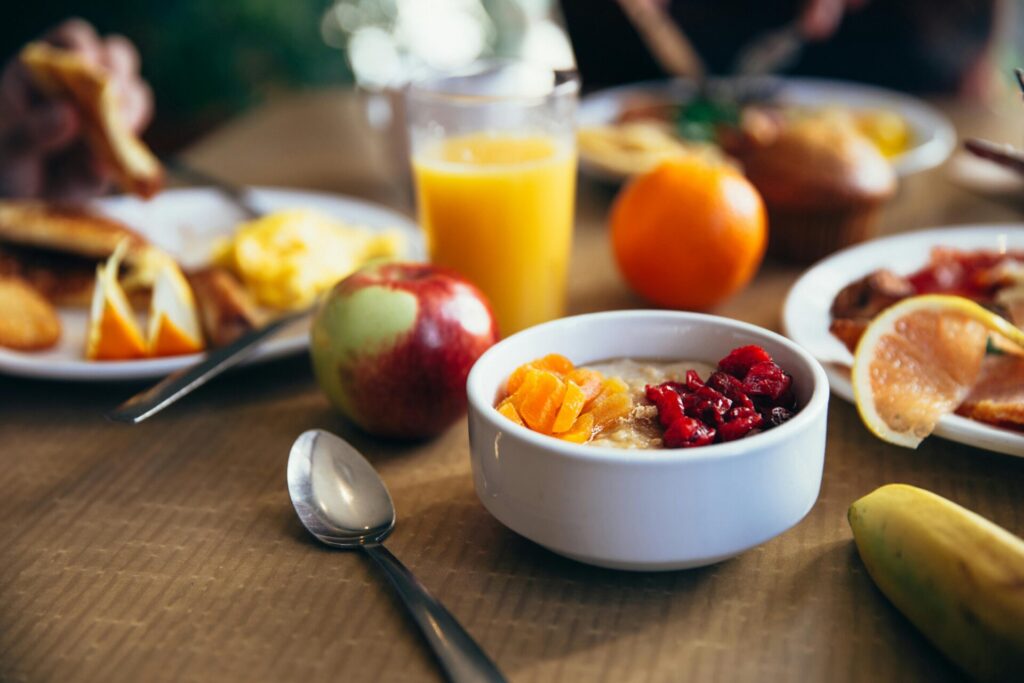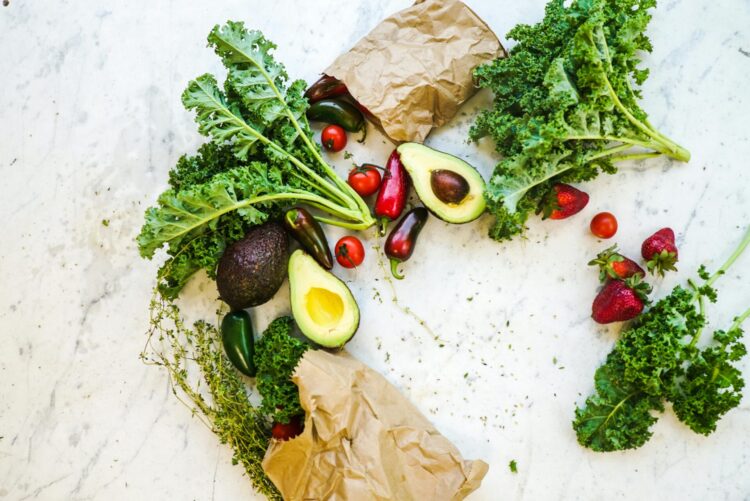
Making healthy Choices At Home Matters
Your home environment is important when it comes to healthy eating.
The home is the place where many food activities occur, including preparing, preserving, cooking and eating food.
It is also the place where many food decisions are made. These include:
- planning what to eat
- deciding when to eat
- deciding how much to eat
The foods in your home influence what you eat. Having healthier options available makes it easier to prepare and eat healthy meals and snacks. Likewise, having highly processed foods available may cause you to eat more of these foods without you even realizing it.
When you prepare and cook food at home, it allows you to:
- rely less on food from restaurants such as fast food outlets work or school cafeterias
- choose what goes in your food
- decrease the amount of highly processed food you buy and eat
- decrease the amount of sodium, sugars or saturated fat in your meals
- add more vegetables, fruit, whole grain foods and plant-based protein foods to your meals
Plan What You’re Going to Eat
Find healthy and tasty recipes that you and those in your household will enjoy.
Follow the healthy eating recommendation to help you plan ahead.

Shop Smart
Only buy and bring home the foods you need and know you will eat. This can help you:
- stay on budget
- cut down on impulse buys
- reduce food waste in the home
Have Healthy Options Available
- Pre-wash, chop and store healthy foods to make them easier to use when they are needed.
- Properly canning, preserving and freezing seasonal foods can help you have these types of foods all year-round.
Limit the Number of Highly Processed Foods
Having fewer of these foods available in your home can help you:
- eat fewer of them
- use fewer of them when preparing meals and snacks
Follow the healthy eating recommendation to help you limit highly processed foods.
Grow and Harvest your Own Food
Growing and harvesting your own food gives you access to fresh seasonal foods. If you don’t have the space to grow food at home or are new to gardening, consider joining a community garden.

Decrease Food Waste
Almost half of the food waste created across the food system is produced at the household level. You can help reduce food waste by:
- adjusting recipes
- reusing leftovers
- storing and freezing food
- using all parts of a food like beet greens, which can be chopped into a salad, tougher parts of meat, which can be stewed or slow cooked and broccoli stems, which can be sautéed in a stir fry or used to make a vegetable broth
Creating a Home that Supports Healthy Eating Habits
A home environment that supports healthy eating habits is just as important as the foods you eat. These habits help form a healthy eating pattern.
Set yourself up for success with these strategies:
- Organize your fridge and pantry to make it easy to grab healthy foods
- Keep foods that can be used in a variety of meals available in your kitchen
- Have a set place where you can eat and enjoy meals with others in your household
- Put perishable foods in the fridge or freezer as soon as you get home from shopping
You can be a role model for others in your household. Your healthy eating habits may encourage those around you to make healthy choices too.
References
Source: © All rights reserved. Canada’s Food Guide: Healthy eating at home. Health Canada, modified 2024. Adapted and reproduced with permission from Health Canada, 2024. Available at: https://food-guide.canada.ca/en/tips-for-healthy-eating/home/


